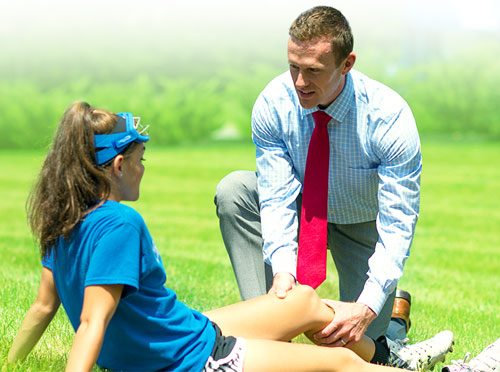Dr. Rice has joined Beacon Orthopedics and Sports Medicine
Congratulations Dr. Rice: 2024 Cincinnati Magazine Top Doctor
Healthcare News
The Secret to Walking More: It’s Not Counting Steps
A hundred here. A thousand there. No matter how many – or how few – steps you take, there's probably a study linking some health outcome to your daily total.
What Happens to Your Body When You Play Tennis Regularly
Research shows tennis may extend lifespan and improve heart health, bone strength, mobility, and social connection. While injuries, cost, and access can be drawbacks, experts agree that tennis provides broad health benefits.
Tips for healing a sprained ankle fast
Sprained ankles can be very painful, and severe sprains can require months of recovery. However, a person can take several steps at home to help speed their healing and reduce the risk of re-injury.
Losing weight but gaining weakness? What Ozempic might be doing to your muscles
Ozempic’s weight loss benefits might come at the cost of muscle strength, even if muscle size remains relatively stable. This raises significant concerns for older adults, who are already at risk for muscle loss and reduced mobility. Researchers stress the urgent need for human clinical trials to understand these effects fully.
Does weightlifting improve bone density?
You may have heard high-impact activity—exercise such as running, jumping, football and basketball—is good at building bone density and strength. But what about when you're standing still, lifting weights at the gym?


